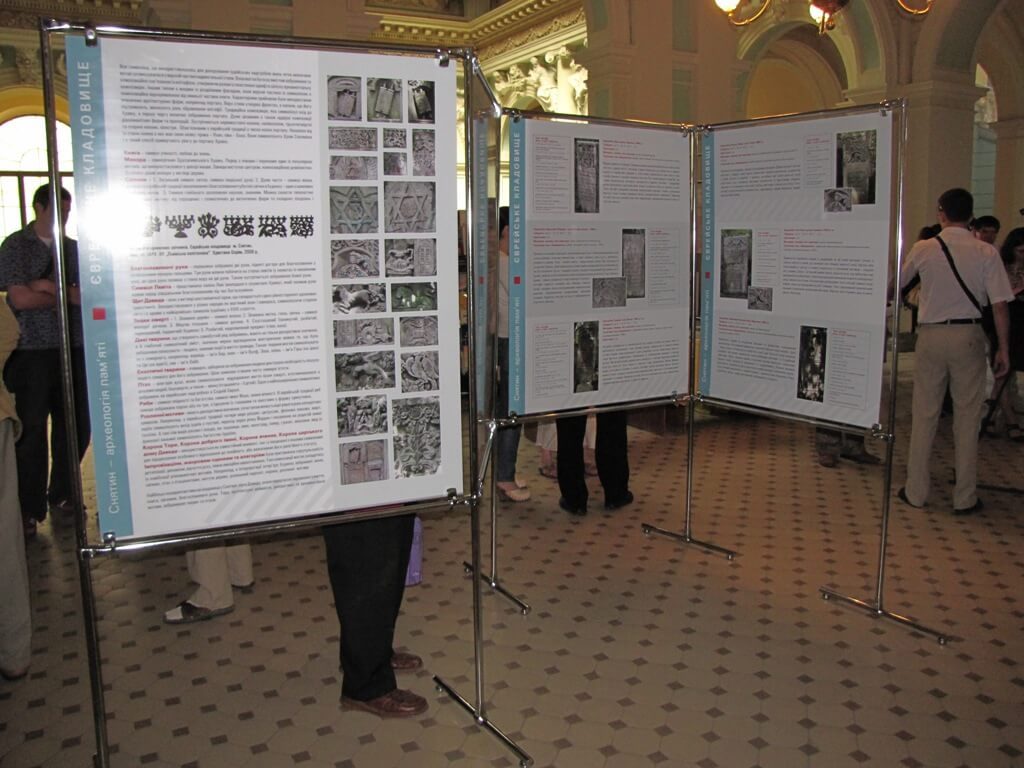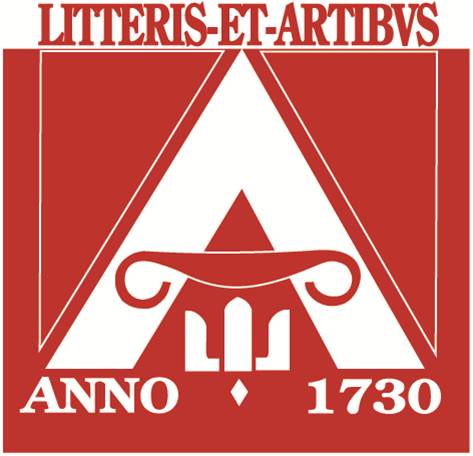Sniatyn – The Archeology of Memory
June - July 2010
Main building of the Lviv Polytechnic National University, Stepan Bandera Street, 12.
Снятин – Śniatyń – סניאטין–are different names of one city that is located on the border of Pokuttia and Bukovyna, which in various historical periods was found in the border areas of Rzeczpospolita and the Ottoman Empire, the Ottoman and Austrian Empires, the Second Polish Republic and Rumania. The city’s past – this is a century of coexistence, but also of conflicts between various communities that influenced the city’s development and reflected its heritage. In Sniatyn, as in other cities, reconstructing the past depends on the priorities and needs of the contemporary era; its multiethnic past still does not receive the appropriate attention. Preserving cultural and artistic monuments to today reminds contemporary society about the historic periods of coexistence between Ukrainians, Jews, Poles, Armenians and Germans in small towns. Monuments dedicated to memory also belong to them: Christian and Jewish cemeteries. These memorials are connected in expressing the cultural and religious identity of each group, a testimony to mutual influences.
The Exhibition "Sniatyn – The Archeology of Memory" described the results of a project that systematized and documented Christian and Jewish graveyards in the city of Sniatyn between 25 July - 10 August 2009 by students from the Institute of Architecture and students from Poland and Germany. For two weeks, students from the institute, along with their Polish and German colleagues, systematized and described two city cemeteries: Christian and Jewish. The goal of the project was to enlist students in practical work in preserving and processing memorials, and to bring together young people from various countries. The project was also meant to bring to the attention of Sniatyn’s residents their city’s multi-ethnic and multi-religious heritage. This project was also meant to help increase the quality of education, adding to the program of academic auditory learning during summer educational programs. This anticipated executing certain practical assignments in architectural measurements of tombstone memorials in graveyards.
The project was realized by the Institute of Architecture at the Lviv Polytechnic National University and the Center for Urban History of East Central Europe. It was co-financed by the program "Memoria. Wolontariat dla Europejskiego Dziedzictwa Kulturowego" from the Fund for "Memory, Responsibility and Future" and the Stefan Batoria Foundation, the goal of which was to encourage young people from Central and Eastern Europe to conduct cooperative actions in preserving Europe’s cultural heritage.












